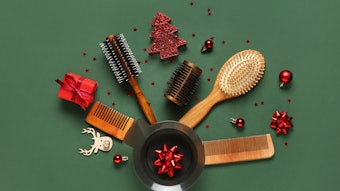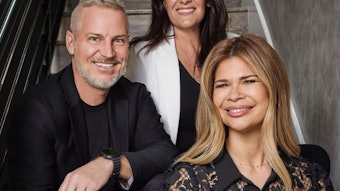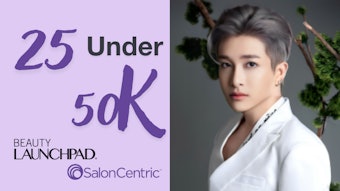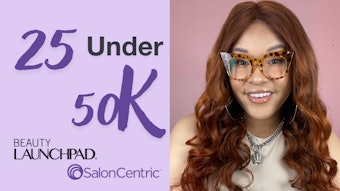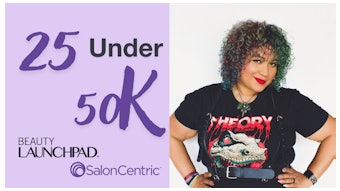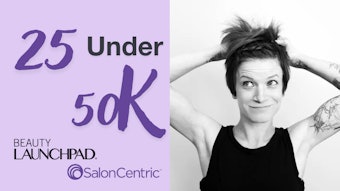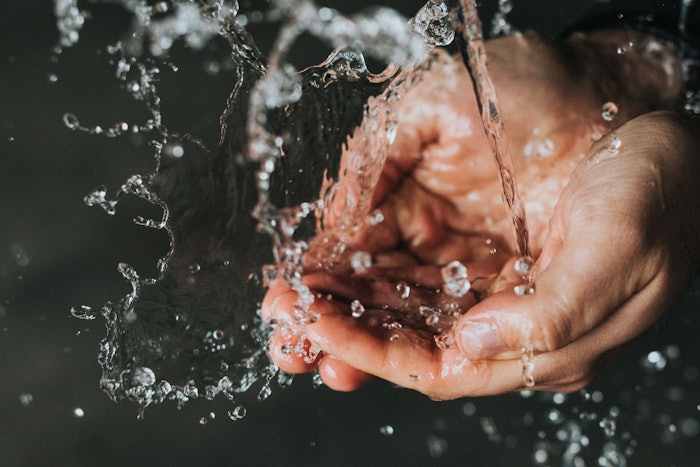
Judging by the increasing number of salons marketed as “natural,” “organic,” “non-toxic” and “eco-friendly,” the pressure to appear “green” must be immense. While the intent may be admirable, the concept of being green lacks definitive standards based on science and thus has been distorted through misinformation, fear mongering and greenwashing. For all the talk about protecting clients and the environment, our industry refuses to accept this existential truth:
The safest, cleanest and greenest beauty services are the ones that never happen.
Despite claims to the contrary, we make our living providing non-essential services that consume resources and produce waste. To what extent varies considerably because every operational decision in a beauty business is unique to that business. As salon owners and beauty pros, we choose what services to offer, procedures to follow and products and tools to use.
Consider this simple procedure that likely applies to all beauty pros, regardless of license type: what does your state board require before touching a client? At a minimum, you clean your hands with soap and water, or an alcohol-based sanitizer if allowed. The service hasn’t even started and already you’re using chemicals and wasting water. If using soap and water, how do you dry your hands afterwards? With an expensive air dryer, washable cloth towels or disposable paper towels? What’s the “greenest” option? Is that also the most effective, convenient and affordable option?
Regulations and feasibility restrict what we can reduce, reuse and recycle.
Don’t assume that health and safety regulations in the beauty industry reflect the latest science or any consideration of the environment. After all, our state boards have a mission to protect consumers from us, and whether they accomplish their mission depends on our compliance. When our industry has difficulty protecting people, how much hope should we have for the planet? Before the pandemic, the Health and Safety Advisory Committee for California’s state board considered environmental impact by having an executive from Green Circle Salons present during a meeting. My takeaway as a member of the committee: The costs and limitations of recycling particular items make this a less than appealing option for most salon owners and professionals.
How do we reconcile our responsibility to protect clients with a desire to protect the environment?
Let’s take another example common in our industry: the use of disposable gloves. Does your state board require wearing gloves while performing services, or is that your preference? What kind of gloves do you wear? Nitrile, latex, vinyl, or some other material? What’s the source of that material? Are workers exploited or endangered in the manufacturing process? Where are the gloves made and how are they transported? Can you complete the entire service with just one pair? How do you dispose of them? Can they be recycled and how much does that cost? Do you have to rinse them with water before recycling? Does any company make reusable gloves that meet the standards of being acetone-resistant and disinfectable?
Could you replace or eliminate the product, procedure or service that consumes the most valuable resources or produces the most problematic waste?
I’ve been wearing disposable latex gloves for services since attending beauty school 30 years ago. Based on the industry-specific COVID-19 guidelines issued last year by California’s Department of Public Health (CDPH), I expanded the use of gloves in my employee-based nail salon to the entire service, including massage and polish application, resulting in the use of multiple pairs per service. In the meanwhile, my long-term supplier changed its house brand and more than doubled the price from $5.99 for a 100-count box to $12.50 a box. Because I could not reduce or reuse, I explored the only option left and ordered a “Zero Waste” disposable glove recycling box from TerraCycle. This medium-sized cardboard box costs $136.00 and includes return shipping. Having overstuffed the box with used gloves, I’ve only recently shipped it back. I should have been counting how many boxes of gloves were used during this time to estimate how much it holds, maybe next box.
Until legislators and regulators require more environmentally-conscious practices in our industry, being “green” will remain a luxury and not a necessity.
Even so, beyond compliance, being “green” doesn’t necessarily make a salon any more viable or the salon experience any better/healthier/safer for clients, salon workers or the environment. Without legitimate standards or the ability to verify, clients cannot evaluate compliance with any laws or regulations, nor should they expect “green” services without paying significantly more than the average salon charges.
This may be our industry’s greatest challenge: how to simultaneously innovate while convincing clients they don’t want beauty products or services that negatively impact the environment.





